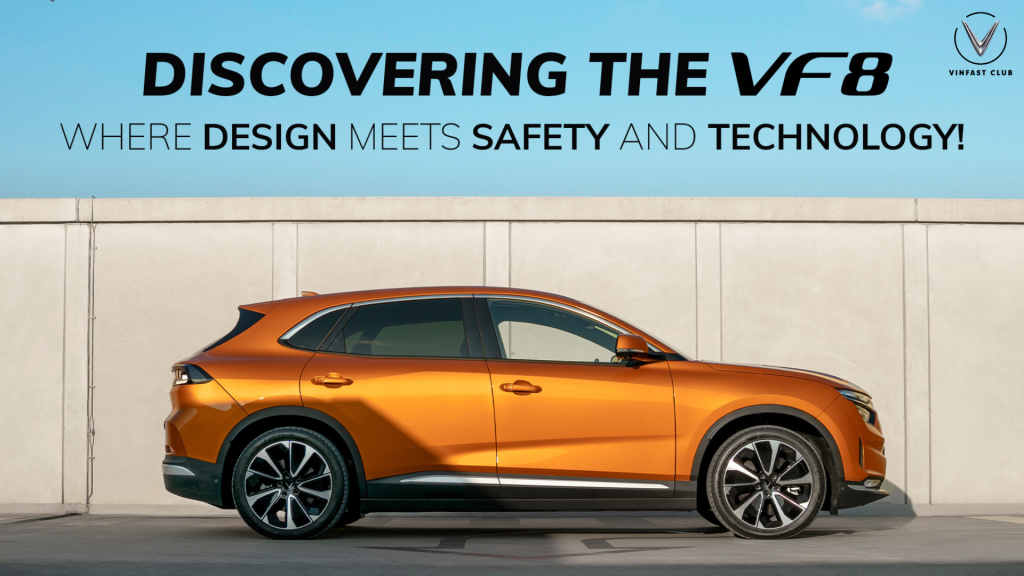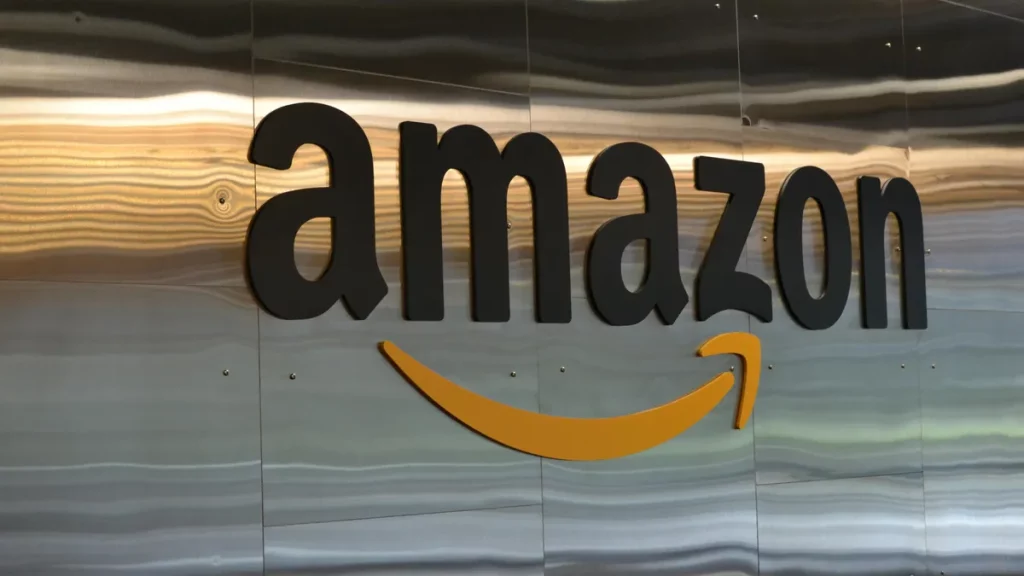US Added Over 188K EV-Related Jobs In Recent Years, Include Vingroup (Parent company of VinFast)
In the last few years, automakers have embarked on a factory-building boom in the US thanks to friendly EV policies and generous federal and state subsidies. A new interactive map points to where EV investments are exactly concentrated while also highlighting the subsequent number of jobs created. In recent years, $154 billion worth of EV investments have generated 188,000 jobs, according to Blue Green Alliance Foundation and Atlas Public Policy’s data. The majority of the jobs and investments appear to be concentrated in the mid-west and the south, with EV-related economic activity also spreading to the east and west coasts. From a total of 319 facilities, 32 percent are located among disadvantaged communities, potentially boosting local economies, and opening up rural employment opportunities. Moreover, 25 percent of the facilities are unionized, more than double the US average of 10 percent, as per the Bureau of Labor Statistics. The data also showcases the rise of EV-related jobs over the years. In 2010, just three facilities accounted for 2,700 jobs. Since then, the figure has soared to nearly 80,000 jobs added in 2022 alone from 101 facilities. Vingroup (VinFast’s parent company) ranked 8th with 7.5k new EV jobs. The states with leading…












